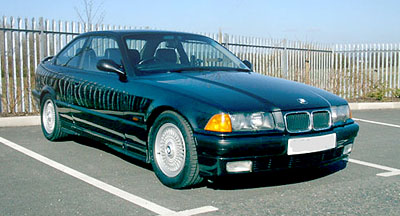 In 1913 manufacture of airplane engines under the name of Rapp Motoren Werke was started.
In 1913 manufacture of airplane engines under the name of Rapp Motoren Werke was started.
Bayerische MotorenWerke came into being in 1916 through a merger between Rapp Motorenwerke and Gustav Otto Flugmaschinenfabrik. They began to produce aircraft engines and then moved on to motorcycle engines but didn’t go into car production until 1928.
When they took over a small company called Dixi, BMW inherited the licence to manufacture Austin Sevens. BMW continued with the work that Dixi had been doing in producing these British designed cars known as the 3/15 CV. In 1929 a sports version won the team prize in the Alpine Cup and then went on to win the class prize in the 1930 Monte Carlo Rally.
In 1933 a chap called Frits Fiedler was made chief engineer and was responsible for their six cylinder engine which was fitted to the 303(1173cc, 30hp) in that year. This was the beginning of a long run of performance cars including the 328 of 1937 which came to win the Mille Miglia with an average speed of over 103mph, it was driven by Von Hanstein. The last car to be produced before the Second World War was the 335 which had a 3485cc engine.
After the hostilities had ended production resumed in 1952 with the 501, later models included the 502 and 507 but production was low and during the fifties recovery from the ravages of war was slow. In 1959 BMW had bankruptcy looming over them and had to come up with a car that could be sold in quantity to bring in some needed revenue. Again going back to building a car under licence they chose the Italian Isetta. A small runabout it ws produced from 1955 to 1962 and had some success helping the company to stay in business over this period. During this same period in 1959 BMW started production of another little car called the 700 with just 2 cylinders and a Michelotti designed body it was a great success and over 180,000 where built until 1965. The biggest impact for BMW came when they brought out the 1500 in 1962, the range consisted of 4 door (1800 – 2000) and 2 door (1602 – 2002) saloons.
During the period 1968 to 1977 BMW produced a run of 2500 and 3300cc saloons culminating in the famous CS coupes.
Over the 1970s BMW went through a period of updating there range and also rationalizing their production into 3 basic lines.
In 1972 the Series 5 was launched including 4 and 6 cylinder saloon models with 1800-3500 and also the Series 7 which where 6 cylinder engines only and where more prestigious and well equipped models. The later Series 6 coupes where to be developed from the Series 7. In 1975 the Series 3 was launched including 4 and 6 cylinder saloon models with 1800-2300.
BMW have moved on with their basic 3 models to become one of the most prestigious car manufacturers today, they have gone through many changes as a company havng at times owned Rover before selling it to a company formed by the Rover management team, and Land Rover before selling to Ford but not before getting some ideas for the BMW X5 off roader.
The factory car stereos in BMWs have steadily improved over the years and they now offer high fidelity audio systems. Some people prefer to use marine stereo systems in their convertible models just in case they get caught in a sudden rain storm or other inclement weather. The quality of boat marine speakers has improved dramatically as well, making them an excellent choice when one is worried about potential water intrusion.
BMW have been adding to their range with special models such as the popular Z3. They have also competed favourably in all major motorsport arenas including Formula 1. Their expertise and knowledge has been brought to the public road in their M (Motorsport) series of vehicles denoted by the famous ‘M’ badge on their most special road cars like the M3 and the M5. These cars are usually tested against some of the best sports cars in the world including Porsche.
They have also contributed in no small way to one of the fastest road cars ever built, the McLaren F1 has a BMW 6.1 litre V12 engine to drive this formidable car onto 235mph.
BMW have also brought back the Mini and Mini Cooper S with great succes and own the Rolls Royce name and on 1st January 2003 delivered the new Rolls Royce from their new factory in Goodwood, this is the first all new Rolls Royce for some considerable time.

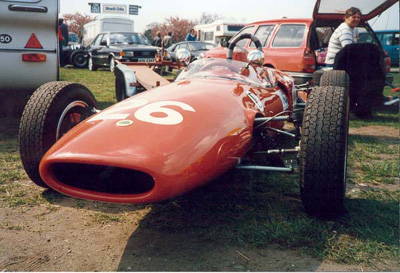 Born in Richmond, Surrey in 1928, Colin Chapman was the talented engineer who founded the Lotus marque. In 1945, the 17year old Chapman entered University College, London to study engineering.
Born in Richmond, Surrey in 1928, Colin Chapman was the talented engineer who founded the Lotus marque. In 1945, the 17year old Chapman entered University College, London to study engineering.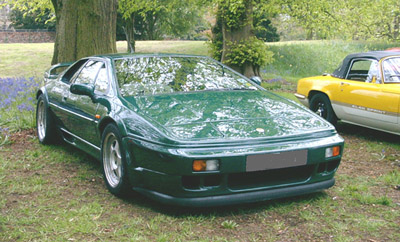 By 1948, the car was complete. Not only did it bear the registration OX 9292 but also the name Lotus, Chapman’s nickname for his girlfriend (later to become his wife) “my little Lotus Blossom”.
By 1948, the car was complete. Not only did it bear the registration OX 9292 but also the name Lotus, Chapman’s nickname for his girlfriend (later to become his wife) “my little Lotus Blossom”.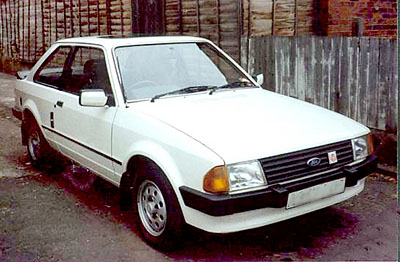 Ford is one of the oldest vehicle manufacturers on the planet, along with Mercedes Benz.
Ford is one of the oldest vehicle manufacturers on the planet, along with Mercedes Benz.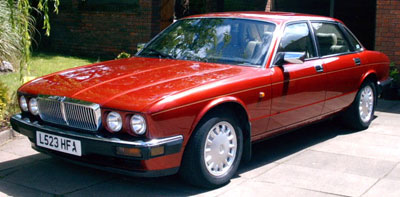 Founded in Blackpool, England in 1922 by two motorcycle enthusiasts named William Lyons and William Walmsley, originally named the Swallow Sidecar Company, to produce motorcycle sidecars. However in 1926 the company began building the Austin Seven, a small car. The name of the company then changed to the Sparrow Sidecar and Coach building Company, and began making custom car bodies for Morris, Fiat, Wolseley and Standard.
Founded in Blackpool, England in 1922 by two motorcycle enthusiasts named William Lyons and William Walmsley, originally named the Swallow Sidecar Company, to produce motorcycle sidecars. However in 1926 the company began building the Austin Seven, a small car. The name of the company then changed to the Sparrow Sidecar and Coach building Company, and began making custom car bodies for Morris, Fiat, Wolseley and Standard.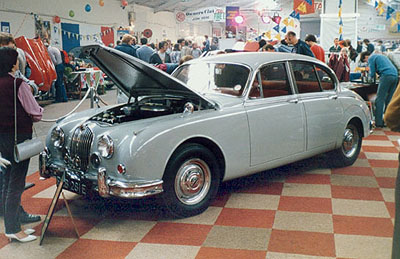 Jaguar XJ40In 1946 the company developed the XK120 which was fitted with a six cylinder 3442 cc OHC engine. This was followed by the XK120 Roadster, which had an alleged top speed of 120mph, superb road holding, styling and a smooth ride. In 1951 the XK120 Fixed head Coupe was introduced, with a better trimmed interior and wind-up windows.
Jaguar XJ40In 1946 the company developed the XK120 which was fitted with a six cylinder 3442 cc OHC engine. This was followed by the XK120 Roadster, which had an alleged top speed of 120mph, superb road holding, styling and a smooth ride. In 1951 the XK120 Fixed head Coupe was introduced, with a better trimmed interior and wind-up windows.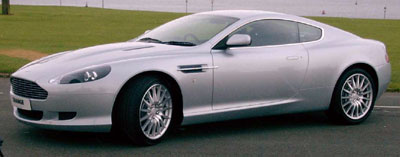 Founded in 1913 by Lionel Martin and Robert Bamford with their first Aston Martin car registered in 1915. During the early 1920 the Bamford & Martin cars competed in the French Grand Prix and broke world speed and endurance records at Brook lands. The company went bankrupt in 1924 and was bought a Lady Charnwood, however the company failed again in 1925 and by 1926 Lionel Martin had left and the factory was closed. In 1926 a number of investors took control of the Bamford & Martin company and renamed it to Aston Martin Motors Limited with premises in Feltham. Financial problems where to re-appear in 1932 with the company being rescued by L. Prideaux Brune, this followed with the company passing to Sir Arthur Sutherland in 1933 with production now being focused on road cars.
Founded in 1913 by Lionel Martin and Robert Bamford with their first Aston Martin car registered in 1915. During the early 1920 the Bamford & Martin cars competed in the French Grand Prix and broke world speed and endurance records at Brook lands. The company went bankrupt in 1924 and was bought a Lady Charnwood, however the company failed again in 1925 and by 1926 Lionel Martin had left and the factory was closed. In 1926 a number of investors took control of the Bamford & Martin company and renamed it to Aston Martin Motors Limited with premises in Feltham. Financial problems where to re-appear in 1932 with the company being rescued by L. Prideaux Brune, this followed with the company passing to Sir Arthur Sutherland in 1933 with production now being focused on road cars. Founded by Tractor manufacturer Ferruccio Lamborghini in 1963. Lamborghini was a wealthy man and when the Ferrari he owned began to give him problems and his local repair shop could not solve these problems, he took the car directly to Ferrari. Enzo Ferrari, who was a man known for his arrogance told Lamborghini the problem was not with the car but rather with the ‘Farmer’ behind the wheel and that he should go and drive tractors because he could not drive cars. Lamborghini who was an enthusiastic owner of sport cars and had already built several kit cars and was also one of the wealthiest men in Italy, decided he would build his own cars.
Founded by Tractor manufacturer Ferruccio Lamborghini in 1963. Lamborghini was a wealthy man and when the Ferrari he owned began to give him problems and his local repair shop could not solve these problems, he took the car directly to Ferrari. Enzo Ferrari, who was a man known for his arrogance told Lamborghini the problem was not with the car but rather with the ‘Farmer’ behind the wheel and that he should go and drive tractors because he could not drive cars. Lamborghini who was an enthusiastic owner of sport cars and had already built several kit cars and was also one of the wealthiest men in Italy, decided he would build his own cars.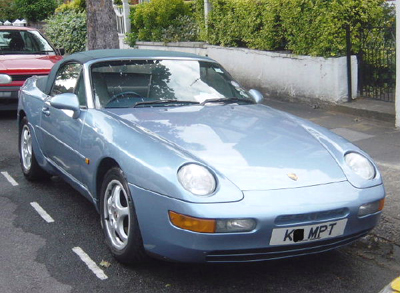 The Porsche 968 is essentially the successor to the Porsche 944. It has the classic GT front engined, rear wheel drive layout with the added advantage of a rear transaxle giving almost perfect weight distribution. The low nose line and wide wheel arches help to accentuate the beautiful lines of this classic shape, a reel head turner especially in Porsche Guards Red livery or Speed Yellow.
The Porsche 968 is essentially the successor to the Porsche 944. It has the classic GT front engined, rear wheel drive layout with the added advantage of a rear transaxle giving almost perfect weight distribution. The low nose line and wide wheel arches help to accentuate the beautiful lines of this classic shape, a reel head turner especially in Porsche Guards Red livery or Speed Yellow.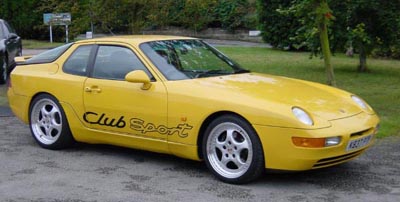 The interior remains as produced in the 944 with the famous ‘oval dash’. The same robust materials have been used which have given all Porsche owners many years of trouble free motoring.
The interior remains as produced in the 944 with the famous ‘oval dash’. The same robust materials have been used which have given all Porsche owners many years of trouble free motoring.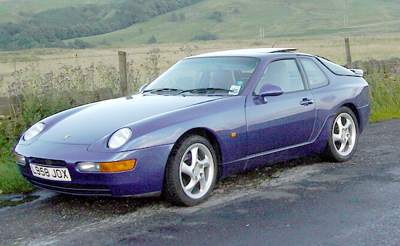 The engine is a very sophisticated version of the 4 cylinder, 3 litre, 16 valve unit first used on the Porsche 944 S2. All alloy with Vario Cam for optimum power throughout the speed range. Improved combustion chamber and inlet manifold design, give the engine 240 HP at 6200 rpm and torque of 305Nm at 4100rpm (58Kw/Litre). At the time of production the engine had the highest displacement per cylinder of any car engine and also the highest torque output of any unblown 3 litre engine. Clearly Porsche had invested massive development on this engine with the required result. As with previous engines twin balancer shafts keep vibration and noise down to more than acceptable levels.
The engine is a very sophisticated version of the 4 cylinder, 3 litre, 16 valve unit first used on the Porsche 944 S2. All alloy with Vario Cam for optimum power throughout the speed range. Improved combustion chamber and inlet manifold design, give the engine 240 HP at 6200 rpm and torque of 305Nm at 4100rpm (58Kw/Litre). At the time of production the engine had the highest displacement per cylinder of any car engine and also the highest torque output of any unblown 3 litre engine. Clearly Porsche had invested massive development on this engine with the required result. As with previous engines twin balancer shafts keep vibration and noise down to more than acceptable levels.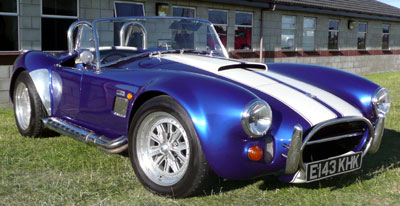 The Autocar & Accessories Car company was started by John Weller in 1901 with financial backing from John Portwine a wealth South London tradesman. In 1904, the first vehicle they produced was a 5.6hp air cooled single cylinder tricycle delivery vehicle known as the Autocarrier. A passenger carrying version was made in 1907 which was called the Sociable with production running until 1915. The name AC was used for the first time and the company became known as Autocarriers Limited.
The Autocar & Accessories Car company was started by John Weller in 1901 with financial backing from John Portwine a wealth South London tradesman. In 1904, the first vehicle they produced was a 5.6hp air cooled single cylinder tricycle delivery vehicle known as the Autocarrier. A passenger carrying version was made in 1907 which was called the Sociable with production running until 1915. The name AC was used for the first time and the company became known as Autocarriers Limited.